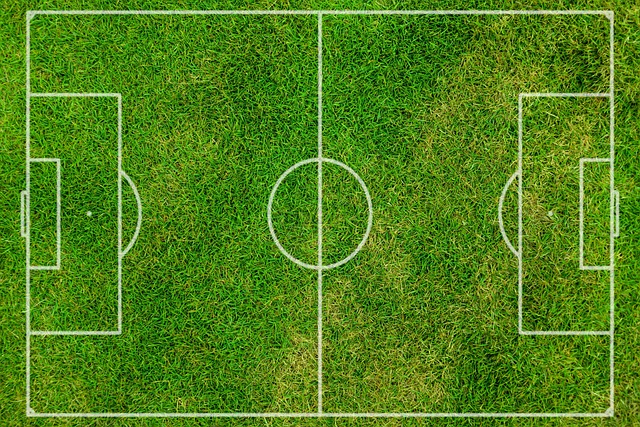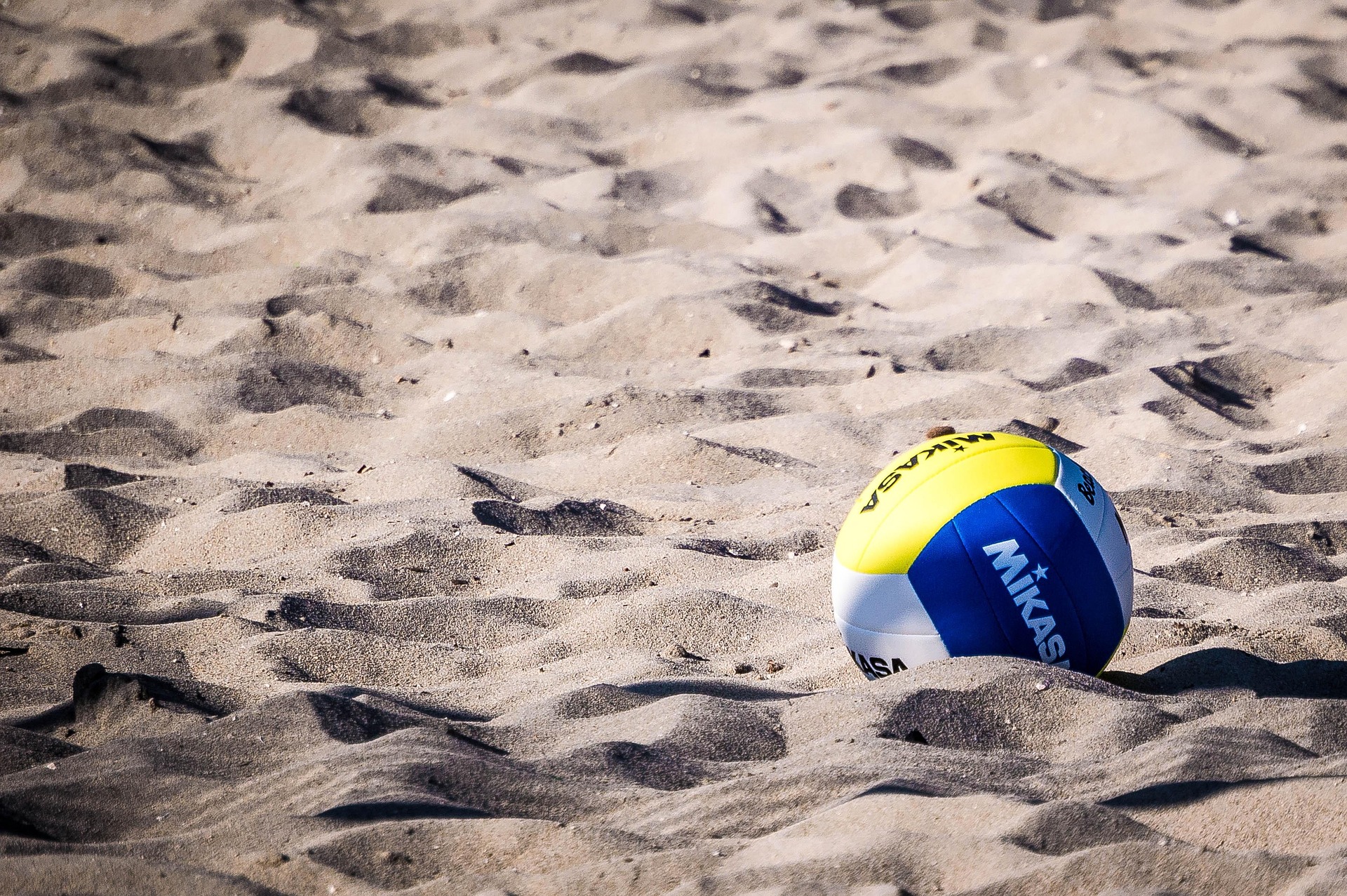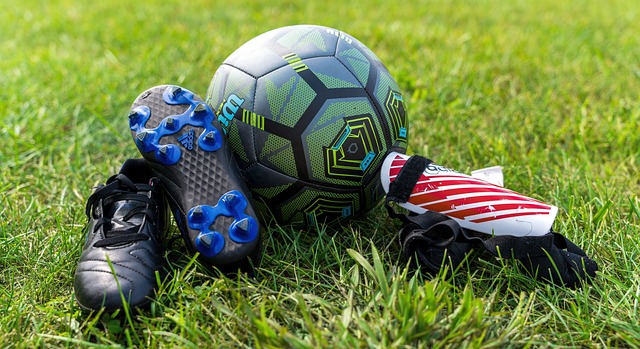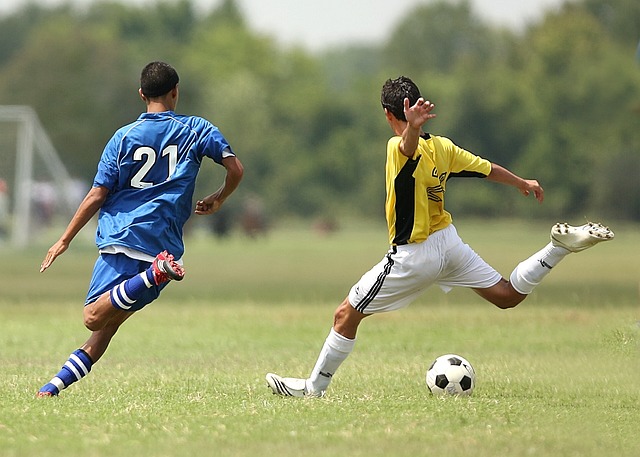Welcome to the world of soccer, the beautiful game loved by millions around the globe. Whether you’re a novice or a seasoned fan looking to deepen your understanding, this guide will walk you through the fundamental aspects of soccer, from the rules to the essential skills.
The Objective of the Game
At its core, soccer is a team sport played between two teams of eleven players each. The primary objective is to score more goals than the opposing team by getting the ball into their net, using any part of the body except the hands and arms. Goalkeepers, however, are allowed to use their hands within the penalty area.
The Field of Play
A standard soccer field is rectangular, with a goal at each end. The field is marked with lines to indicate the boundaries, penalty areas, and the center circle. The dimensions of the field can vary, but it generally measures around 100-130 yards in length and 50-100 yards in width.
The Basic Rules
- Kickoff: The game begins with a kickoff from the center circle. The ball must be passed forward to a teammate.
- Duration: A standard match consists of two halves, each lasting 45 minutes, with a 15-minute halftime break.
- Offside Rule: A player is considered offside if they are nearer to the opponent’s goal than both the ball and the second-last defender when the ball is played to them.
- Fouls and Misconduct: Physical contact is allowed, but actions such as tripping, pushing, and handball (except by the goalkeeper) result in free kicks or penalties.
- Scoring: A goal is scored when the entire ball crosses the goal line between the goalposts and beneath the crossbar.
Essential Skills
- Passing: Accurate passing is key to maintaining possession and creating scoring opportunities. Practice short and long passes with both feet.
- Dribbling: Dribbling allows players to maneuver the ball past opponents. Focus on keeping the ball close and using quick changes of direction.
- Shooting: Effective shooting involves both power and precision. Work on striking the ball with different parts of your foot to vary the shot.
- Defending: Good defending requires positioning, anticipation, and timing. Learn to mark opponents, intercept passes, and make clean tackles.
Positions and Roles:
- Goalkeeper: The last line of defense, responsible for stopping shots and organizing the defense.
- Defenders: Players who primarily focus on stopping the opposition’s attacks and protecting their goal.
- Midfielders: Versatile players who connect the defense and the attack, often involved in both offensive and defensive duties.
- Forwards: Players whose main objective is to score goals and create scoring opportunities.
Team Strategies
Soccer strategies can vary widely, but some common formations include:
- 4-4-2: Four defenders, four midfielders, and two forwards. A balanced formation suitable for both attack and defense.
- 4-3-3: Four defenders, three midfielders, and three forwards. Focuses on a strong attacking presence.
- 3-5-2: Three defenders, five midfielders, and two forwards. Provides flexibility and control in the midfield.
Wrap up
Soccer is a dynamic and exhilarating sport that offers endless opportunities for skill development and teamwork. By understanding the basics and practicing regularly, you’ll be well on your way to enjoying the beautiful game to its fullest. Whether you’re playing in your backyard or watching a professional match, soccer’s universal appeal is sure to captivate and inspire you.
Discover Soccer in Ottawa!
Dive into the heart of Ottawa’s soccer community with our Ottawa Active Soccer Hub. Whether you’re a seasoned player, a passionate fan, or just getting started, our hub has everything you need to stay connected. From finding local clubs and leagues to getting the latest gear and training tips, we’ve got you covered. Explore our in-depth guides, equipment reviews, and insider tips to make the most of your soccer journey in our vibrant city. Visit the OttawaActive Soccer Hub now and join the excitement on the field!









